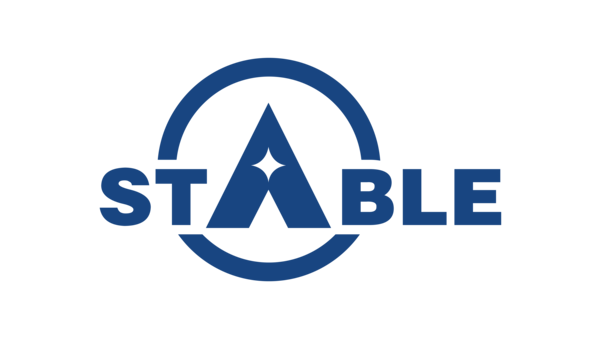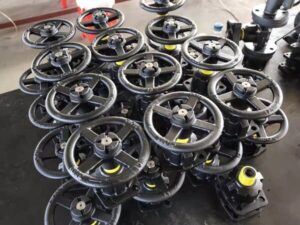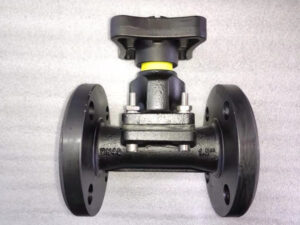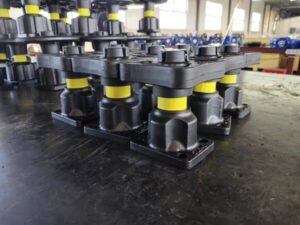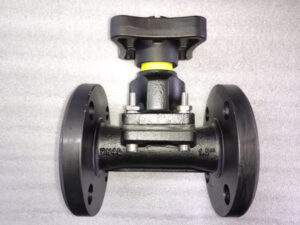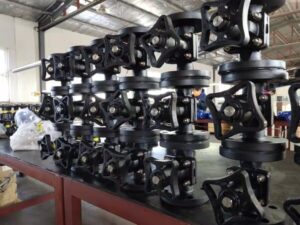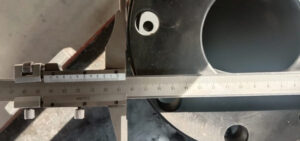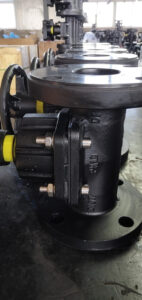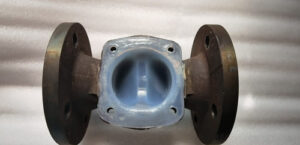
A basic introduction to the design points of fluorine-lined diaphragm valves
1. The biggest difference between the fluorine-lined diaphragm valve and other valves is that it adopts a structure without a stuffing box; the fluorine-lined diaphragm valve diaphragm can completely isolate the corrosive medium in the flow path from all driving parts, thereby eliminating the usual valve The disadvantages of “running, risking, dripping, leaking” and so on.
